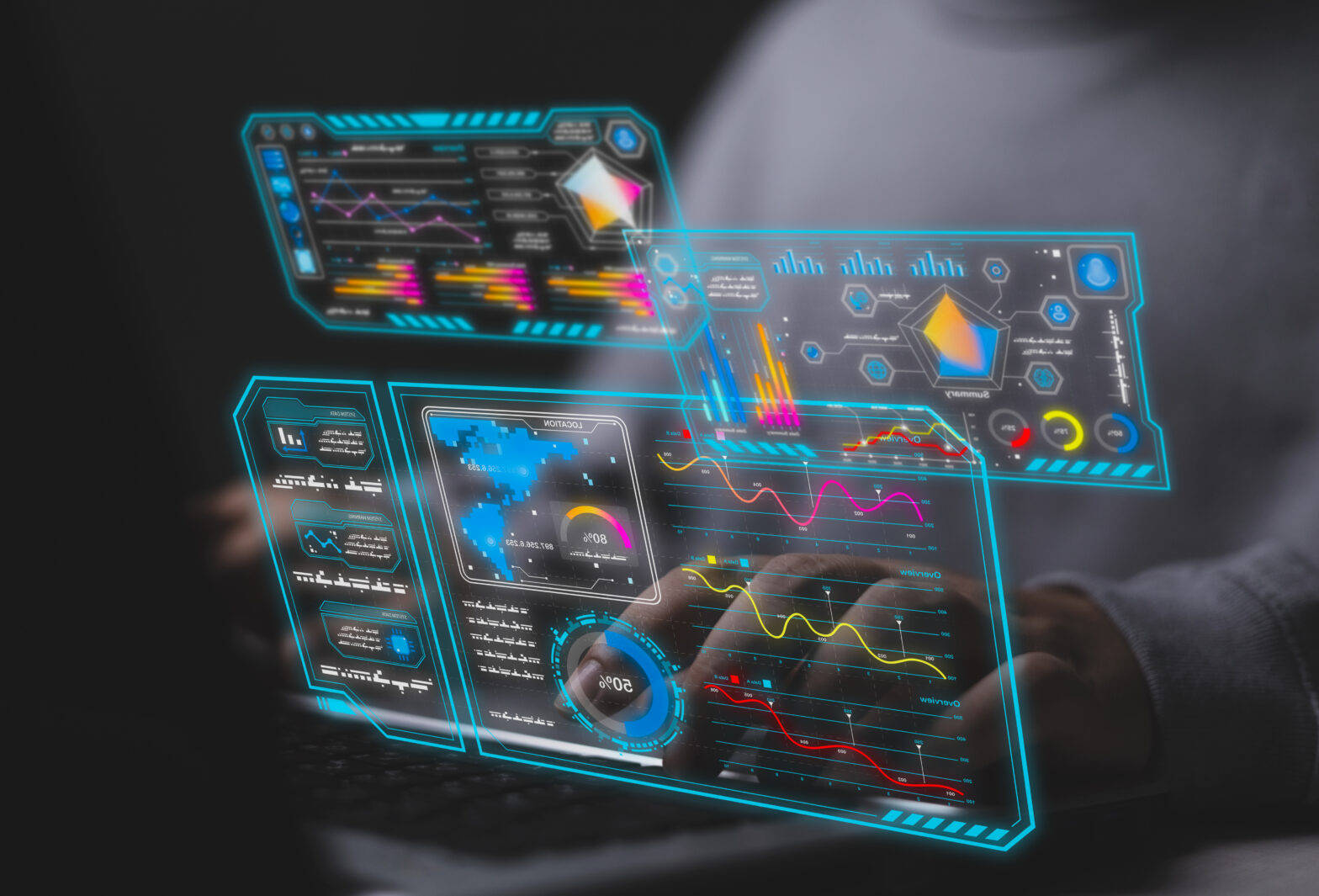Following Gartner’s release of its top 10 strategic technology trends for 2020, it has now revealed its predictions of IT organisations and users in 2020 and beyond.
“Technology is changing the notion of what it means to be human,” said Daryl Plummer, distinguished vice president and Gartner Fellow. “As workers and citizens see technology as an enhancement of their abilities, the human condition changes as well. CIOs in end-user organisations must understand the effects of the change and reset expectations for what technology means.”
Augmentations, decisions, emotions and companionship are the four aspects that are forging a new reality for human use of technology.
“Beyond offering insights into some of the most critical areas of technology evolution, this year’s predictions help us move beyond thinking about mere notions of technology adoption and draw us more deeply into issues surrounding what it means to be human in the digital world,” continued Plummer.
Gartner: 5 trends shaping analytics and business intelligence
Gartner’s IT organisation predictions
Below, Information Age has selected what we think are the most relevant predictions:
1. By 2024, AI identification of emotions will influence more than half of the online advertisements you see.
Artificial emotional intelligence (AEI) is the next frontier for AI development, especially for companies hoping to detect emotions in order to influence buying decisions — 28% of marketers ranked AI and machine learning (ML) among the top three technologies that will drive future marketing impact, and 87% of marketing organisations are currently pursuing some level of personalisation, according to Gartner.
Computer vision, which allows AI to identify and interpret physical environments, is one of the key technologies used for emotion recognition and has been ranked by Gartner as one of the most important technologies in the next three to five years.
“AEI makes it possible for both digital and physical experiences to become hyper personalised, beyond clicks and browsing history but actually on how customers feel in a specific purchasing moment. With the promise to measure and engage consumers based on something once thought to be intangible, this area of ‘empathetic marketing’ holds tremendous value for both brands and consumers when used within the proper privacy boundaries,” added Plummer.
2. Through 2023, 30% of IT organisations will extend BYOD policies with “bring your own enhancement” (BYOE) to address augmented humans in the workforce.
The concept of augmented workers has gained traction in 2019 due to advancements in wearable technology. Wearables are driving workplace productivity and safety across most industries, including automotive, oil and gas, retail and healthcare. Wearables are only one example of physical augmentations available today and humans will look to additional physical augmentations that will enhance their personal lives and help do their jobs.
“IT leaders certainly see these technologies as impactful, but it is the consumers’ desire to physically enhance themselves that will drive the adoption of these technologies first,” explained Plummer. “Businesses need to balance the control of these devices in their organisations while also enabling users to use them for the benefit of the organisation. This means embracing and exploiting the benefits of physical human augmentation through the implementation of a BYOE strategy.”
Gartner: top 10 data and analytics technology trends for 2019
3. By 2025, 50% of people with a smartphone but without a bank account will use a mobile-accessible cryptocurrency account.
Major online marketplaces and social media platforms will start supporting cryptocurrency payments by the end of next year. At least half the globe’s citizens who do not use a bank account will instead use these new mobile-enabled cryptocurrency account services offered by global digital platforms by 2025. This will open trading opportunities for buyers and sellers in growing economies like sub-Saharan Africa and Asia/Pacific.
4. By 2023, a self-regulating association for oversight of AI and machine learning designers will be established in at least four of the G7 countries.
“Regulation of products as complex as AI and ML algorithms is no easy task. Consequences of algorithm failures at scale that occur within major societal functions are becoming more visible. For instance, AI-related failures in autonomous vehicles and aircraft have already killed people and attracted widespread attention in recent months,” said Plummer.
An increase in public demand for protection from the consequences of malfunctioning algorithms will produce pressure to assign legal liability for the harmful consequences of algorithm failure. The immediate impact of regulation of process will be to increase cycle times for AI and ML algorithm development and deployment. Organisations can also expect to spend more for training and certification for practitioners and documentation of processes, as well as higher salaries for certified personnel.
The top 10 infrastructure and operations trends for 2019, according to Gartner
5. By 2023, 40% of professional workers will orchestrate their business application experiences and capabilities like they do their music streaming experience.
The human desire to have a work environment that is similar to their personal environment continues to rise — one where they can assemble their own applications to meet job and personal requirements in a self-service fashion. The consumerisation of technology and introduction of new applications have elevated the expectations of employees as to what is possible from their business applications.
“Applications used to define our jobs. Nowadays, we are seeing organisations designing application experiences around the employee. For example, mobile and cloud technologies are freeing many workers from coming into an office and instead supporting a ‘work anywhere’ environment, outpacing traditional application business models,” said Plummer. “Similar to how humans customise their streaming experience, they can increasingly customise and engage with new application experiences.”
6. Through 2021, digital transformation initiatives will take large traditional enterprises on average twice as long and cost twice as much as anticipated.
Business leaders’ expectations for revenue growth are unlikely to be realised from digital optimisation strategies, due to the cost of technology modernisation and the unanticipated costs of simplifying operational interdependencies. Such operational complexity also impedes the pace of change along with the degree of innovation and adaptability required to operate as a digital business.
“In most traditional organisations, the gap between digital ambition and reality is large,” advised Plummer. “We expect CIOs’ budget allocation for IT modernisation to grow 7% year-over-year through 2021 to try to close that gap.”
Related articles
Gartner: top 7 security and risk management trends for 2019
Gartner releases first-ever Magic Quadrant for RPA software
Number of organisations deploying AI grows, according to Gartner
Gartner revises down its 2019 IT spending predictions amid data centre decline
Tech predictions from The Economist in 2019: Facial recognition to AI regulation










